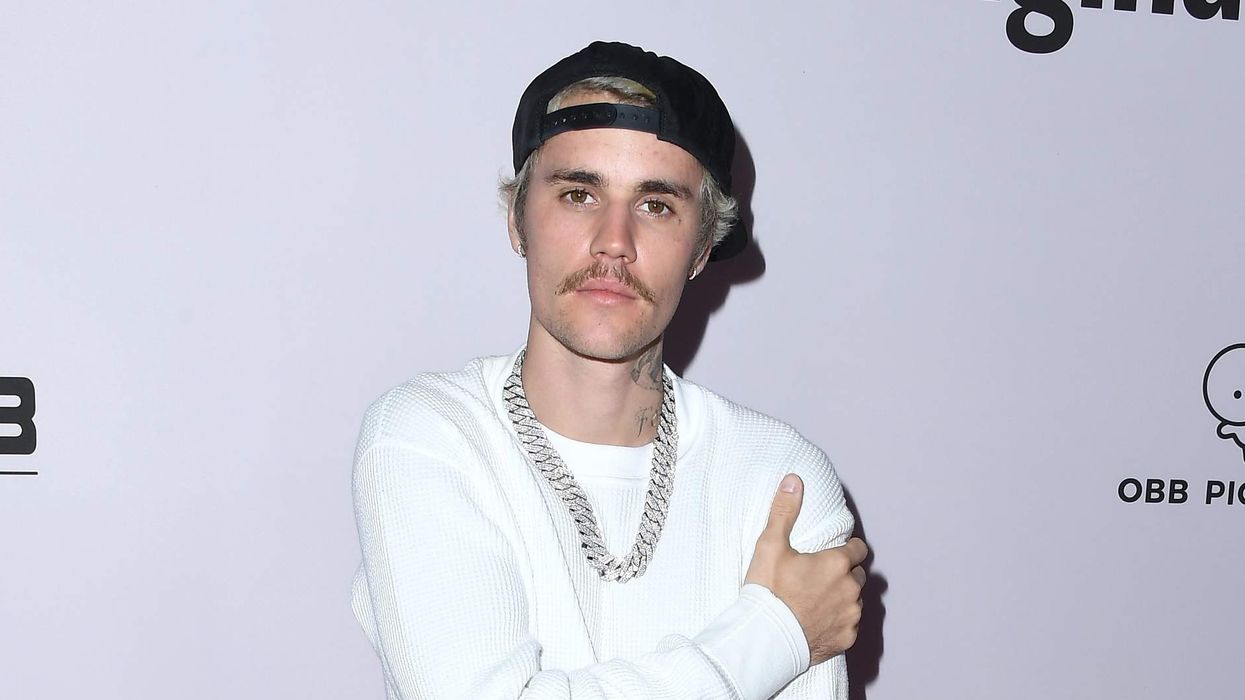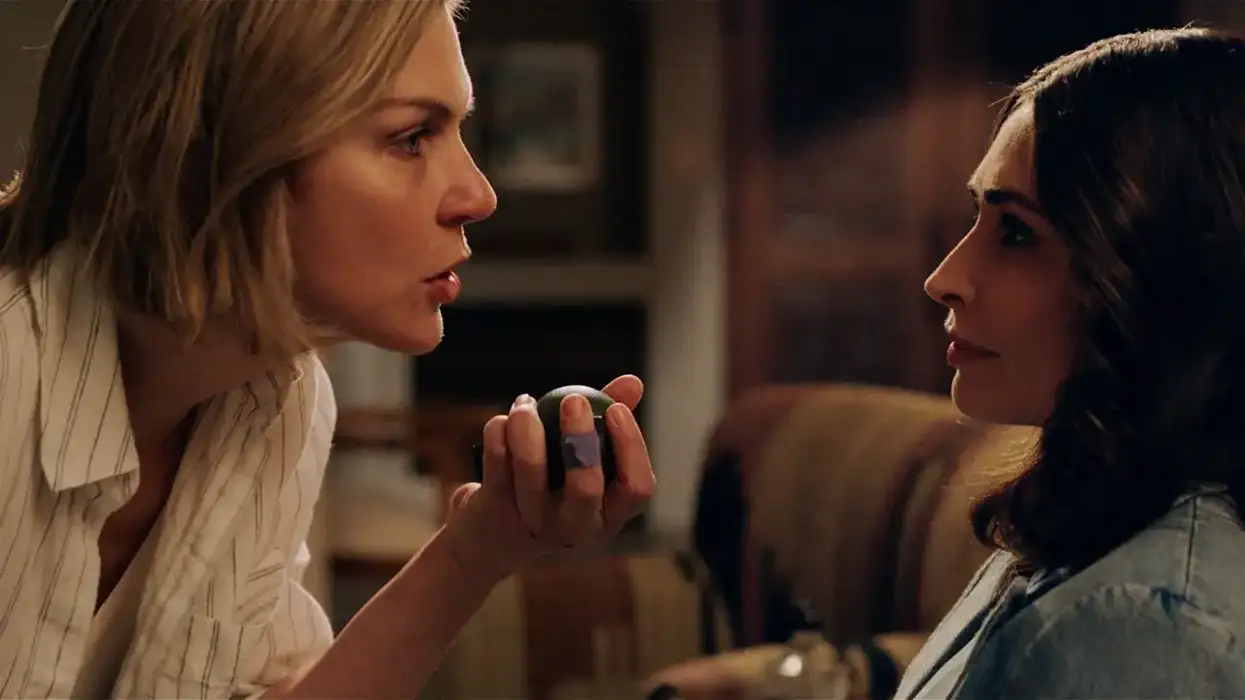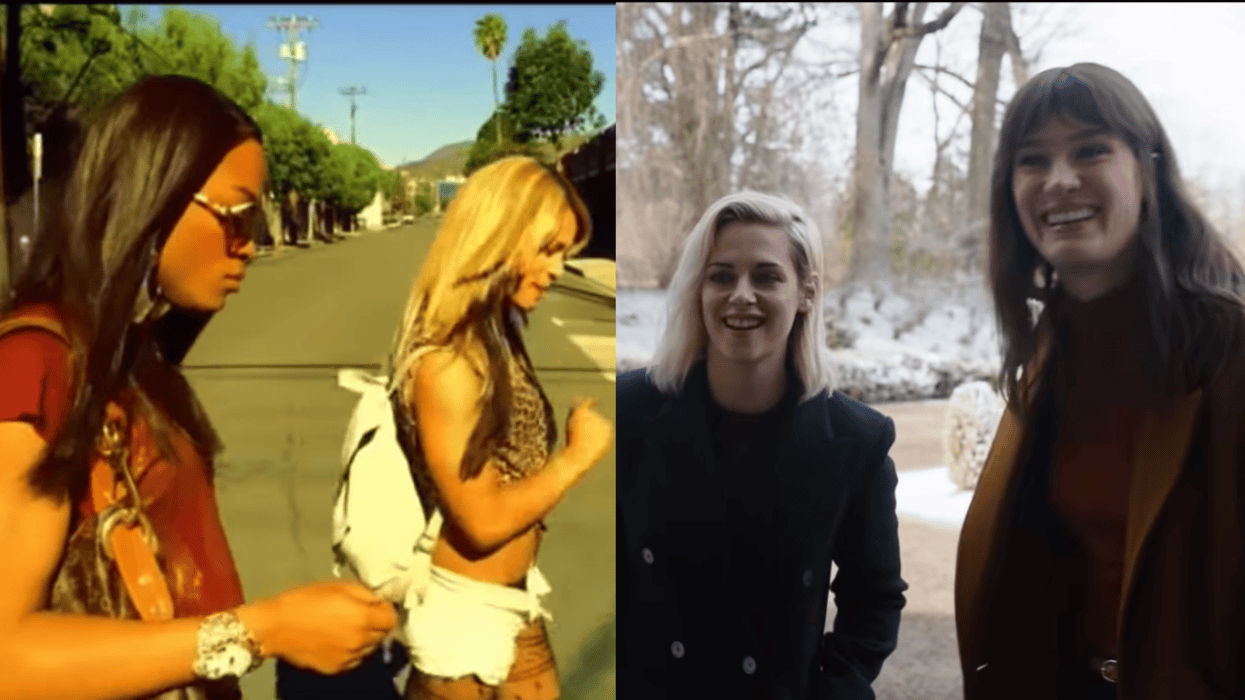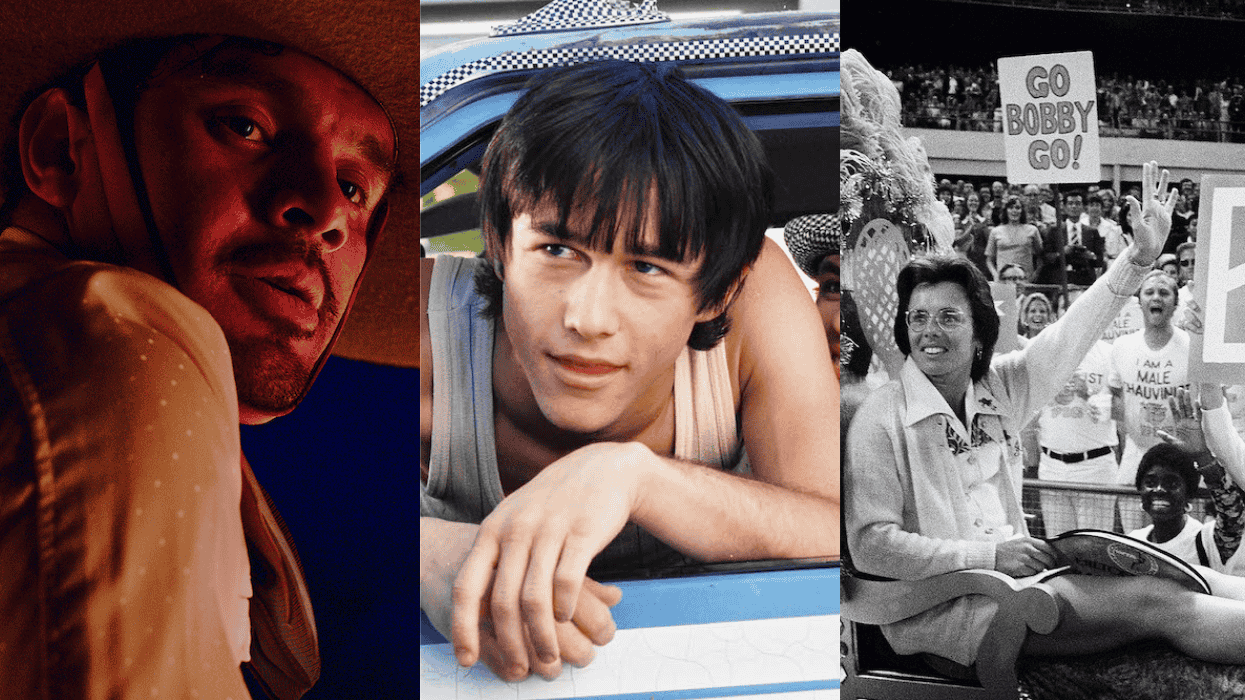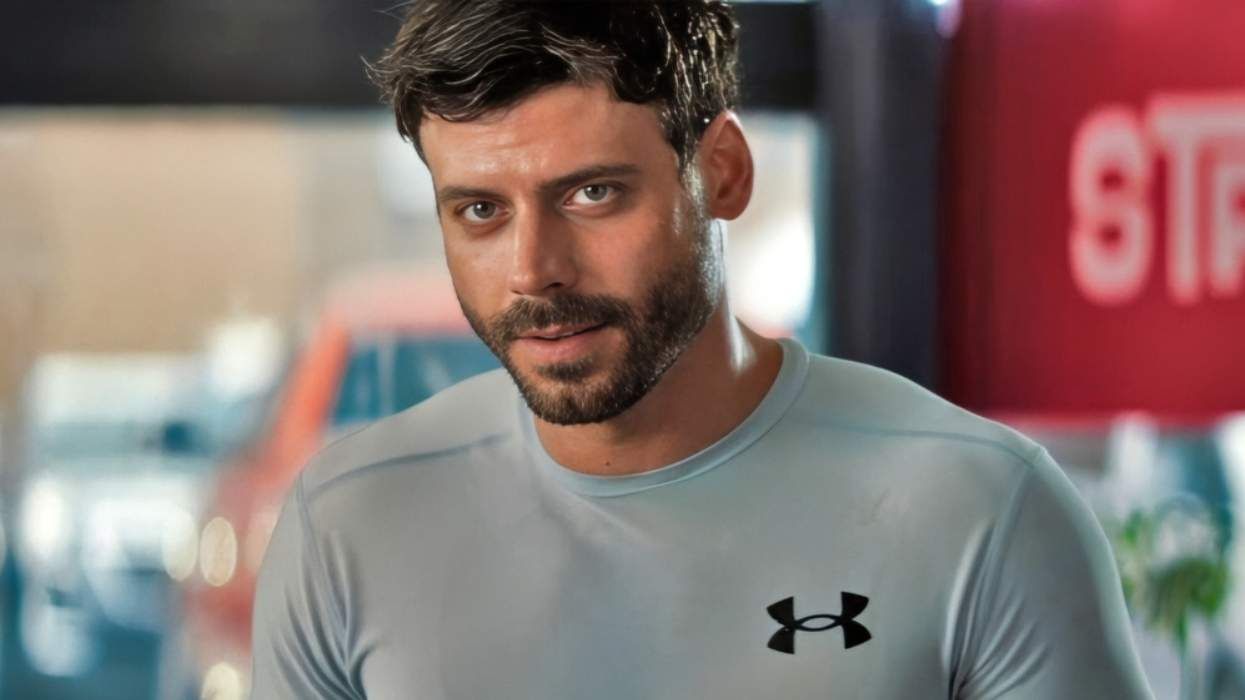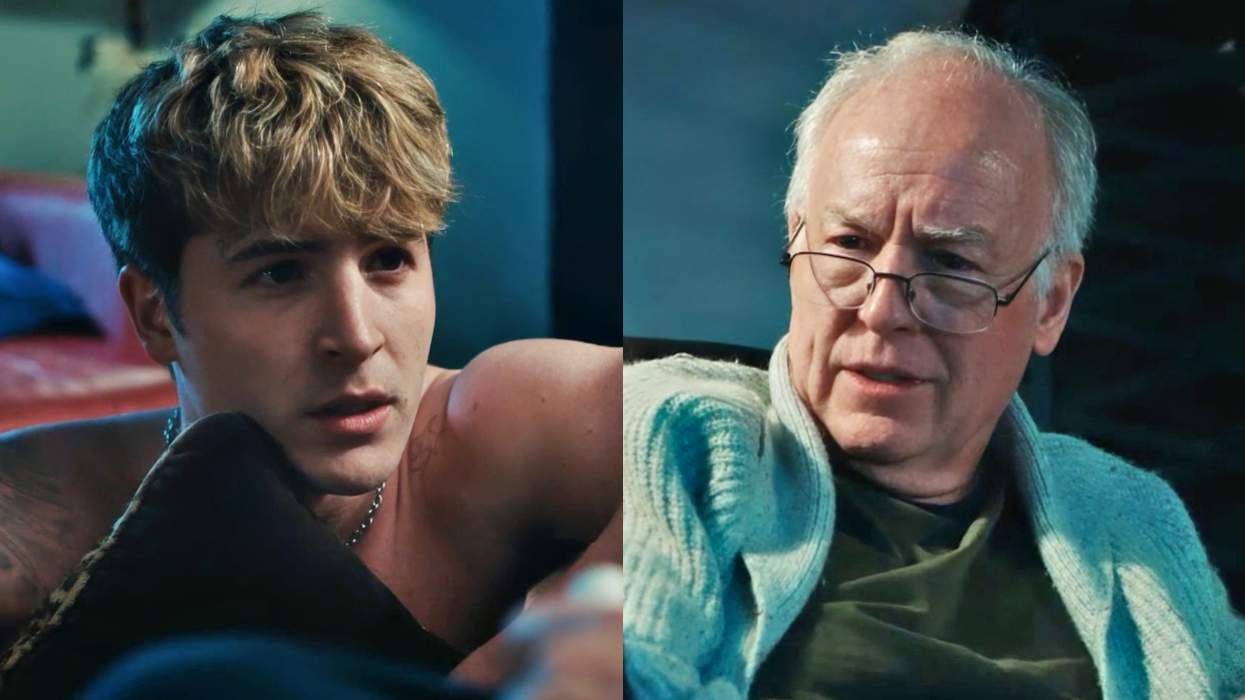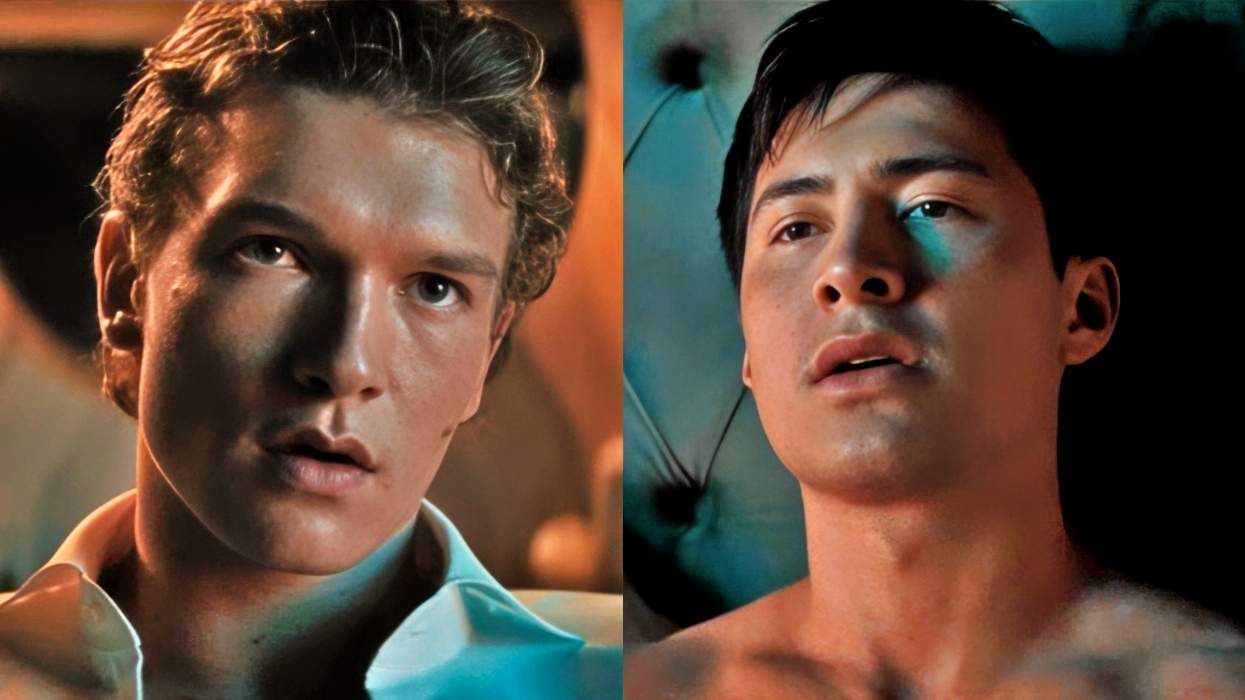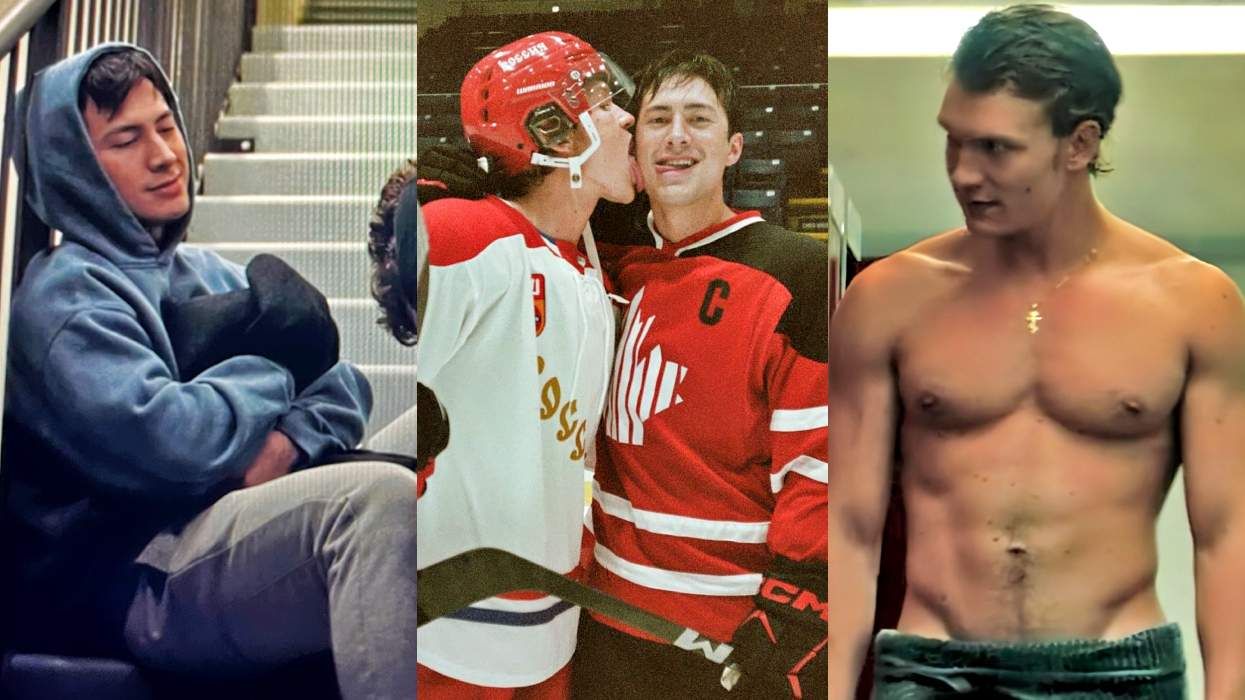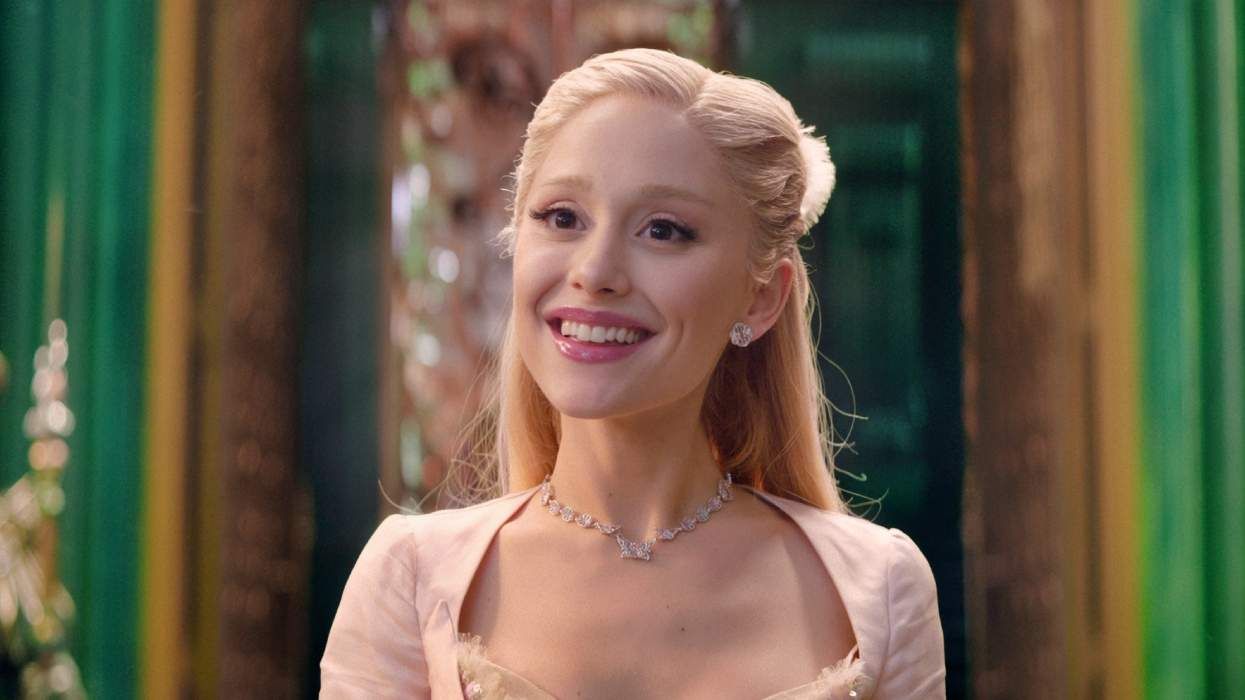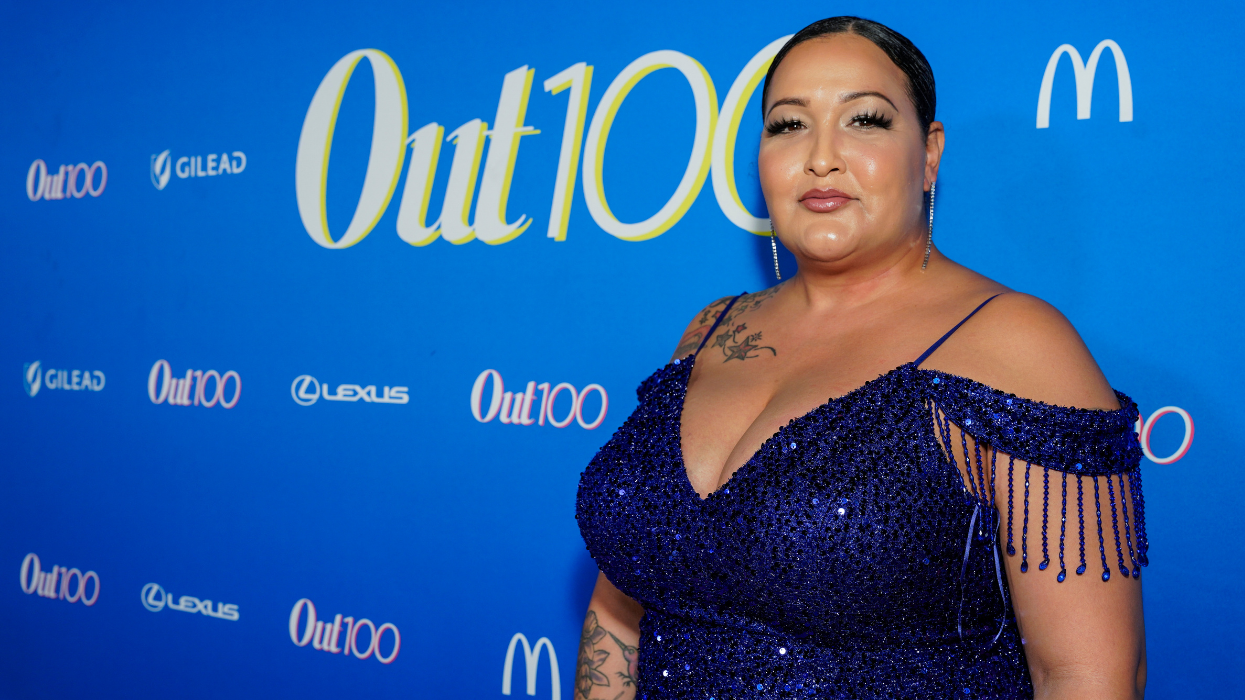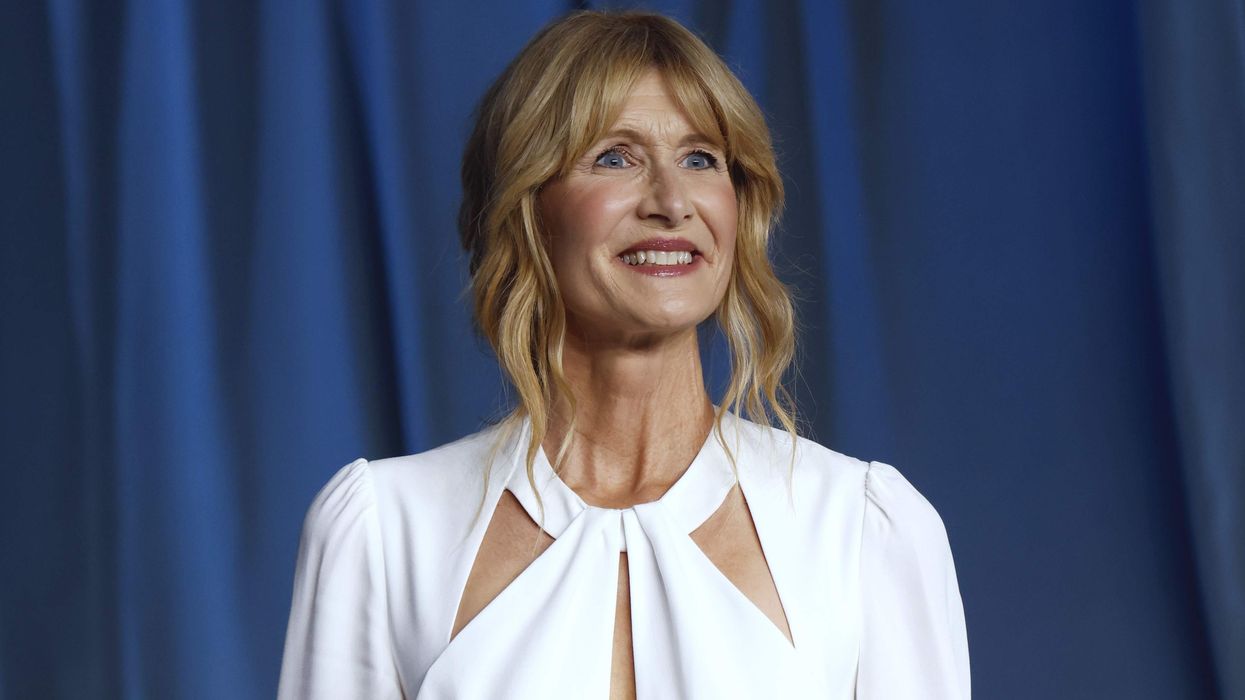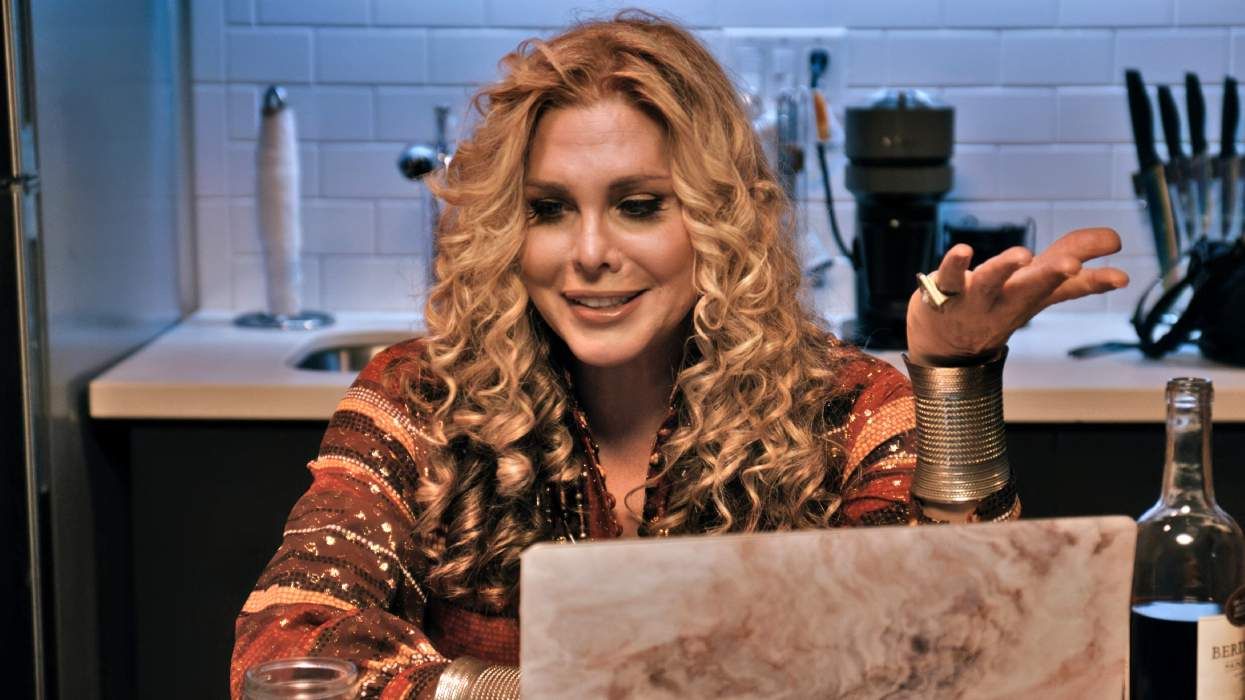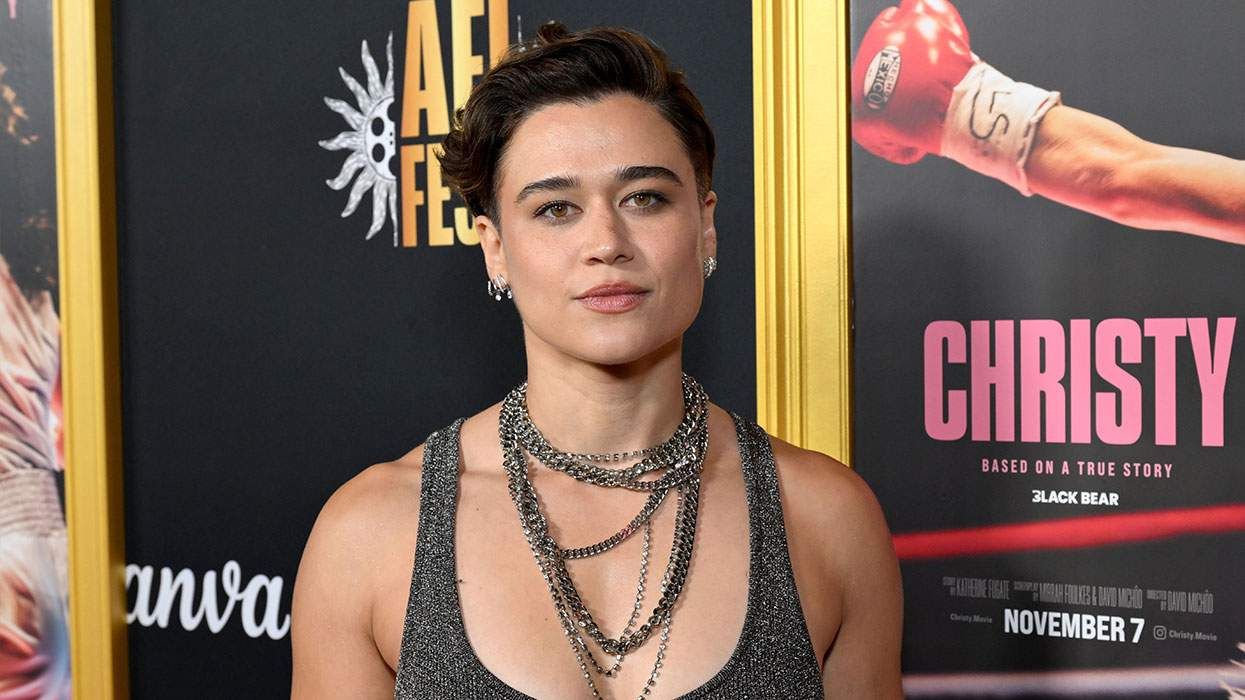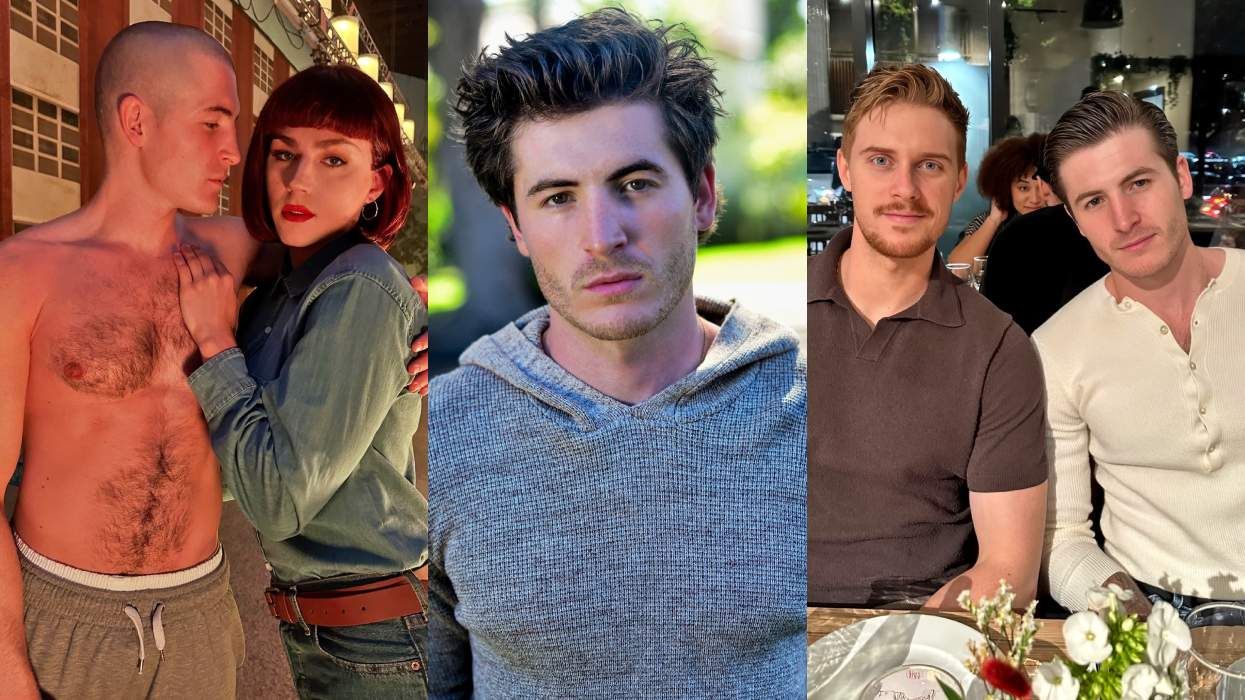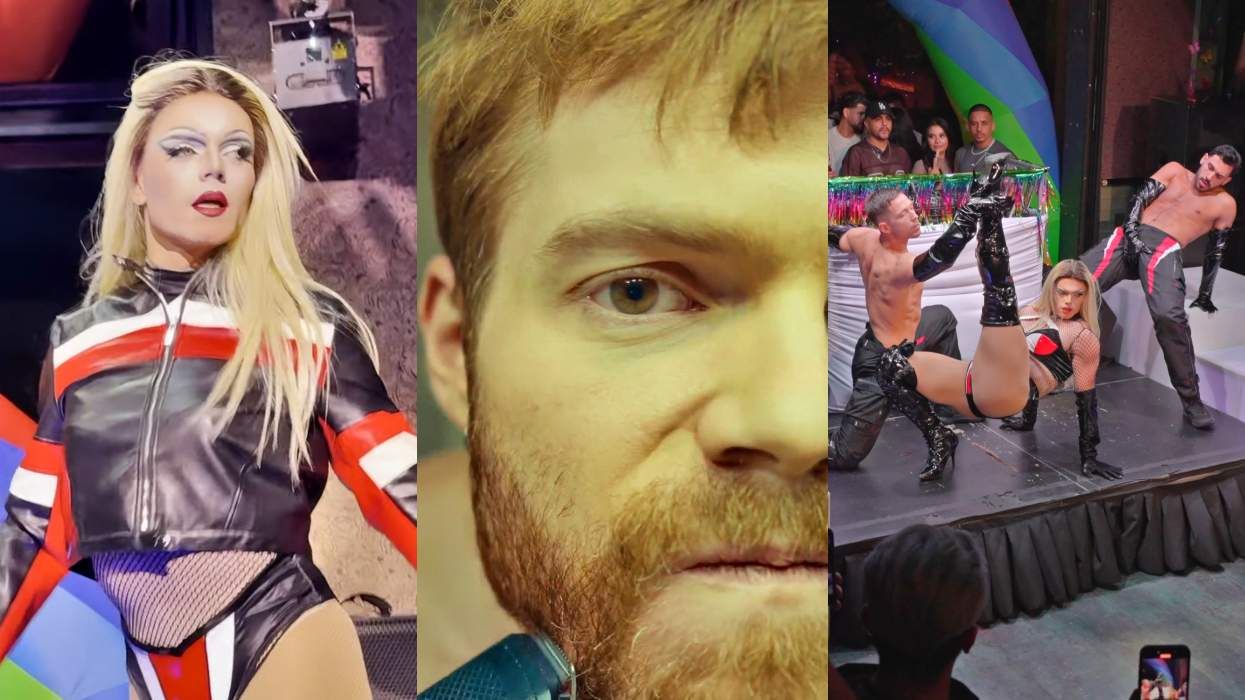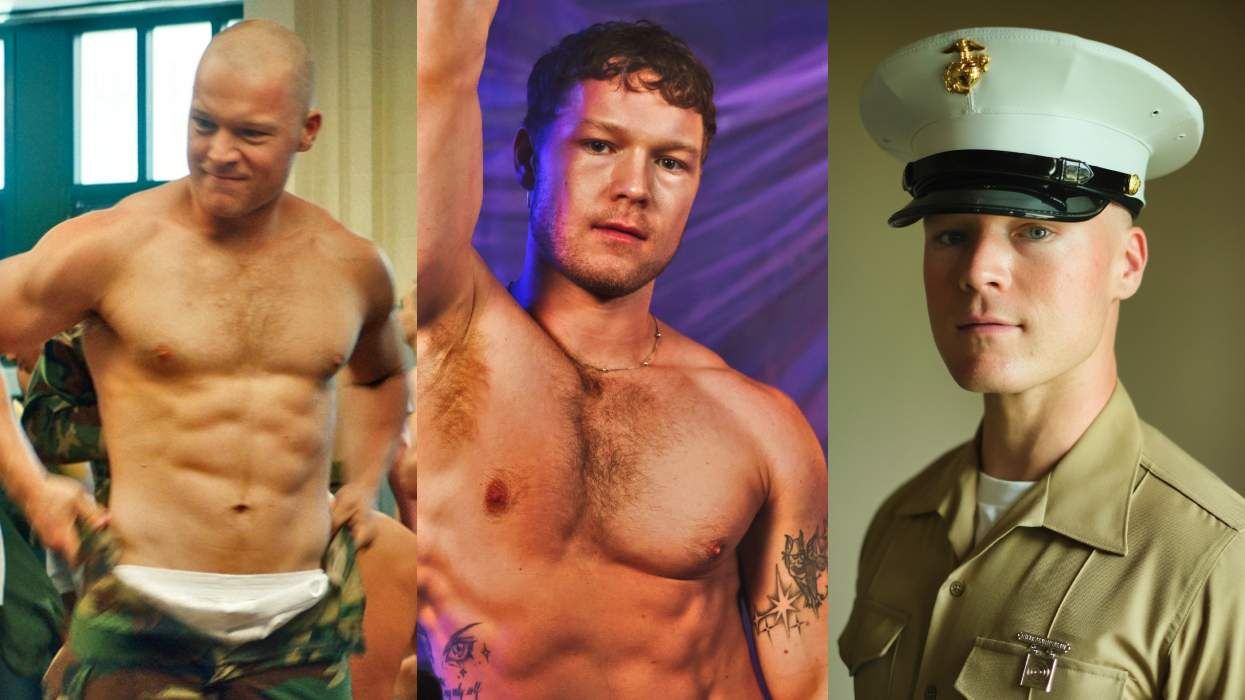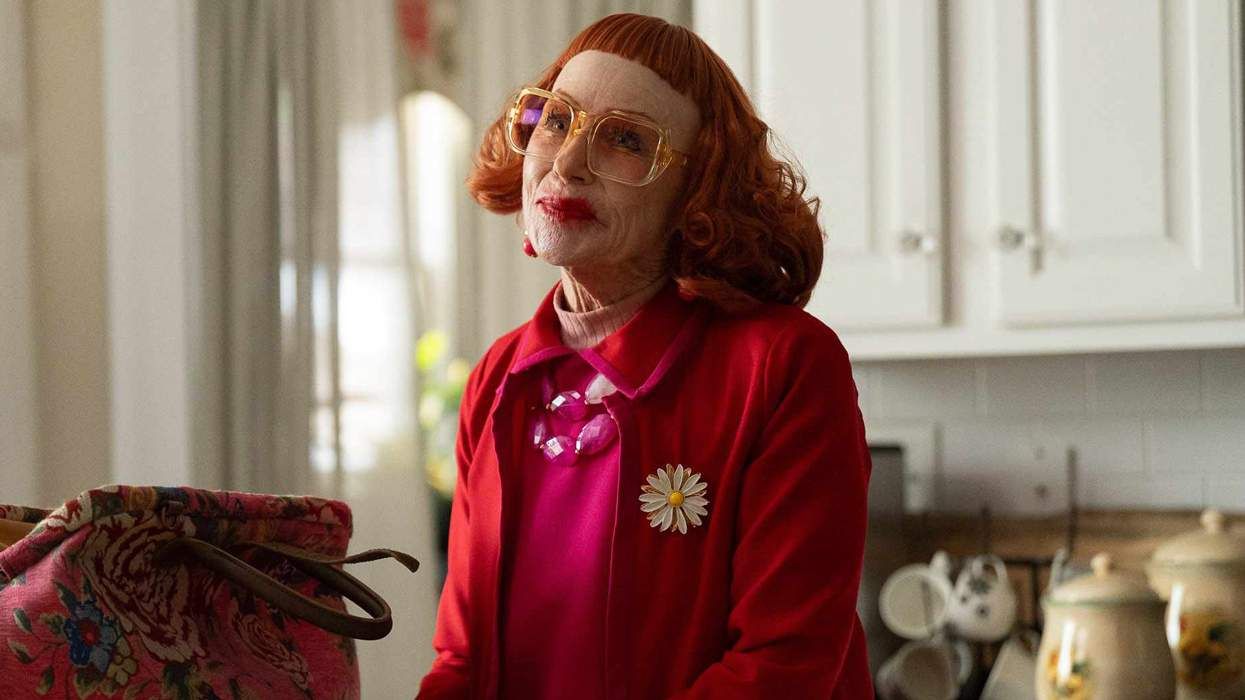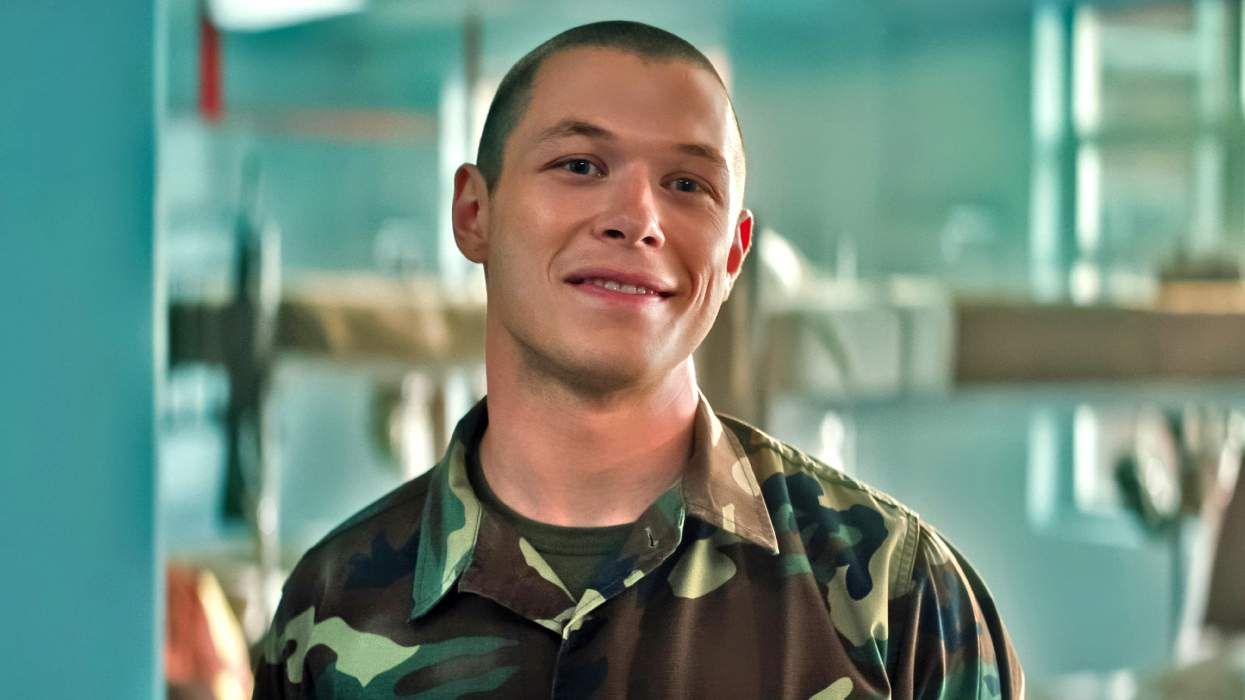Sasha Velour is a drag queen for the people. Sure, her avant-garde looks and intellectual persona can seem formidable in their magnificence, but speaking with her, one can't help but notice her eternal underlying intention: to champion the beautiful LGBTQ voices around her.
She's gained visibility, obviously, through her win on RuPaul's Drag Race season 9. But the scope of her work extends far beyond reality TV: she's the creator of a gorgeous drag magazine, Velour, showcasing within its glossy pages the talents of an extensive collection of queer illustrators, photographers, writers, and models. She has her politically conscious show, Nightgowns, dedicated to "smart, creative, and passionate drag." In essence, while her ambitions are extensive and her many talents truly exceptional, she's just as much about showcasing herself as bringing to light the stories of her queer sisters.
Related | RuPaul Is Everything: The Rise & Reign of America's First Drag Superstar
Just from chatting with her on the phone, we couldn't help but take on some of her infectious energy, her pride in being part of such a diverse group of people and her hope that together we can and will rise above today's political regime. Ahead of RuPaul's DragCon NYC this weekend, at which Velour will appear in the flesh, our conversation covered everything from Trump and Obama, to drag as activism, to finding safety in the fantasy world of illlustration, to Brooklyn's underground drag scene.
OUT: How do you feel drag has changed under Trump's administration?
Sasha Velour: Being a drag performer under the Obama administration still felt like it had such political power. We haven't yet arrived at a time where people are completely safe, and every time I do drag--especially when there is an awareness of safety, or danger, or conservatism in the world--I feel like it has a political message. DragCon, especially under this administration where white supremacists and racists march in the streets... to create a crowd of people who value equality and safety, and want to see queer people succeed and be fabulous and happy, it's really a utopian project. And even though we can't live this way every day in the world yet, the fact we can carve out a space where we do, even for a weekend, that feels really important. Now more than ever.
You're engaging politically in many ways. Can you speak to some of the less visible ways you're using your platform for sociopolitical change?
I've been using a lot of the opportunities I have to raise money for organizations that make a big impact on how queer people get to live their lives. The Sylvia Rivera Law Project, here in New York, [has] a huge effect on helping trans people and their legal needs, which is really important now. The Queer Detainee Empowerment Project--we're having a lot of conversations about DACA, right now. They help families of refugees and immigrants find safety here in the States--those who are looking for citizenship, and green cards. In addition to just being out and proud and queer at all times, there's things drag queens can do that have real tangible impacts on the struggles we're facing.
I also think creating opportunities for queer people to speak for themselves--not just queer people who've been on TV. It's important to share the stories of drag performers across every city, and the different experiences they've had. Drag Race does that, certainly. There's lots of different people's experiences of being queer in this country. I try to do that with the magazine I publish, Velour, and with the show I produce, Nightgowns. Providing platforms for amazing queer people of lots of different varieties to speak for themselves.
Before you catapulted to international fame with Drag Race, what queer artists were you most looking toward as inspiration?
I have a whole long list, but I talk a lot about Keith Haring. Especially living in New York and still seeing his drawings everywhere you turn in this city--he's always been a huge inspiration because his visual art always came with a very simple, easy, appealing message about love across gender, sexual, and racial divides. It's as relevant today as it was in the '80s. I think it's beautiful that his art has had such a long, lasting impression on the city. I've always dreamt of having that impact beyond just success. It's changing people's lives for the positive. I've also always loved RuPaul the same way. I think she's had an amazing, political, beautiful, successful legacy in terms of what people understand about drag and queer people.
How did you get into illustration, and in what ways does it impact your drag?
When I look back on my life, I think drag actually did come first. Long before I ever started drawing, I was a little kid who dressed up as a beautiful woman and evil queen. And then I discovered that through drawing, I could travel that same journey of fantasy, and visualize myself in new ways, new settings, new costumes, just on a page. I think that was really powerful for me, at moments where I didn't have the privacy or confidence to dress up in drag--especially at times where it wouldn't have been safe. These beautiful sketchbooks I've kept all my life have been places where I could express that.
When I started doing drag professionally, it was at a time where I was in graduate school to learn to be a better visual artist, and a better illustrator as a profession--learning how to market myself and do commercial work as an illustrator. It's funny those things happened at the same time, because in many ways drag has been the number one platform for me to make it as an illustrator. Both were really unsafe career decisions. But I think they really share the same appeal, which is to create a whole world that offers some promise of safety and joy, especially when that doesn't look like the world outside our doors. You really don't need a lot of money or connections to create a fantasy world of drag through visual art and illustration.
What big ideas do you have for the future of your career? Music, movies, books?
I see all of it, but I also want to do some different things. I'm going to keep working on my magazine, and my drag show, which will hopefully become a big fabulous tour through the country. I'm also getting into fashion design, and have plans for that. I've always loved planning textiles in my crazy illustrations, and creating garments that are draggy and way too colorful and over-the-top. Now more than ever we need people dressing over-the-top. I'm also excited to explore the world of videos and YouTube.
Are there queer performers on your radar we should know about?
Every city has amazing, exciting drag queens and drag kings. That's one of the great things about travelling--I get to meet so many of them. But my favorites are here in Brooklyn, the people I came up with: Patti Spliff, Merrie Cherry, Untitled Queen, Chris of Hur. I'm glad DragCon is in New York, because it's acknowledging that some of the best drag in the world, like Bob the Drag Queen said, is happening in New York City.
Last words for the queer audience?
Keep living out as beautifully, strangely and queerly as possible, right now. I love seeing the way people have really taken to that this year. We really have the power in this community, and I know we'll use it for good.
Sasha Velour will be a special guest at RuPaul's DragCon NYC this weekend at Jacob K. Javits Convention Center. For tickets and more information, click here.




